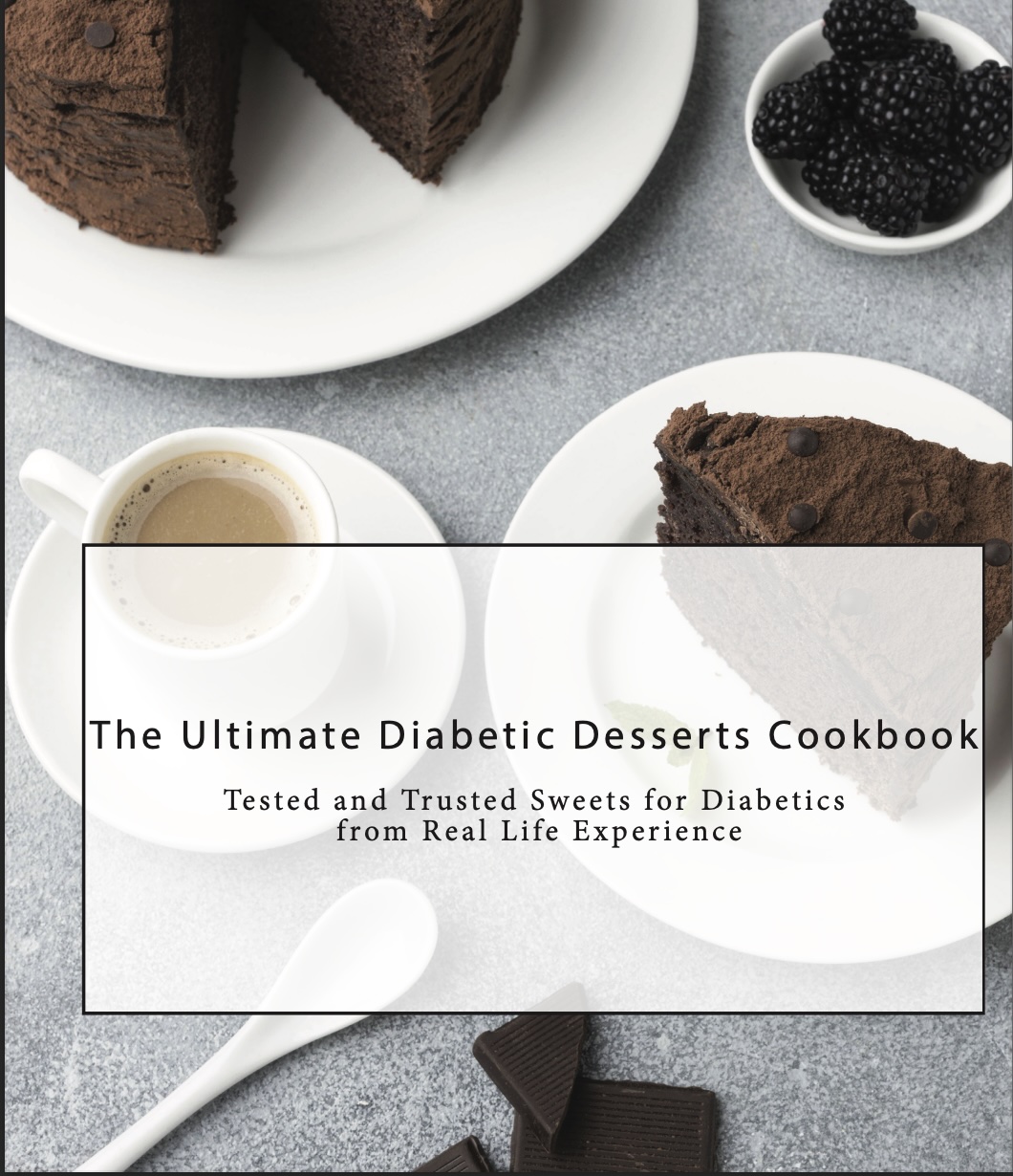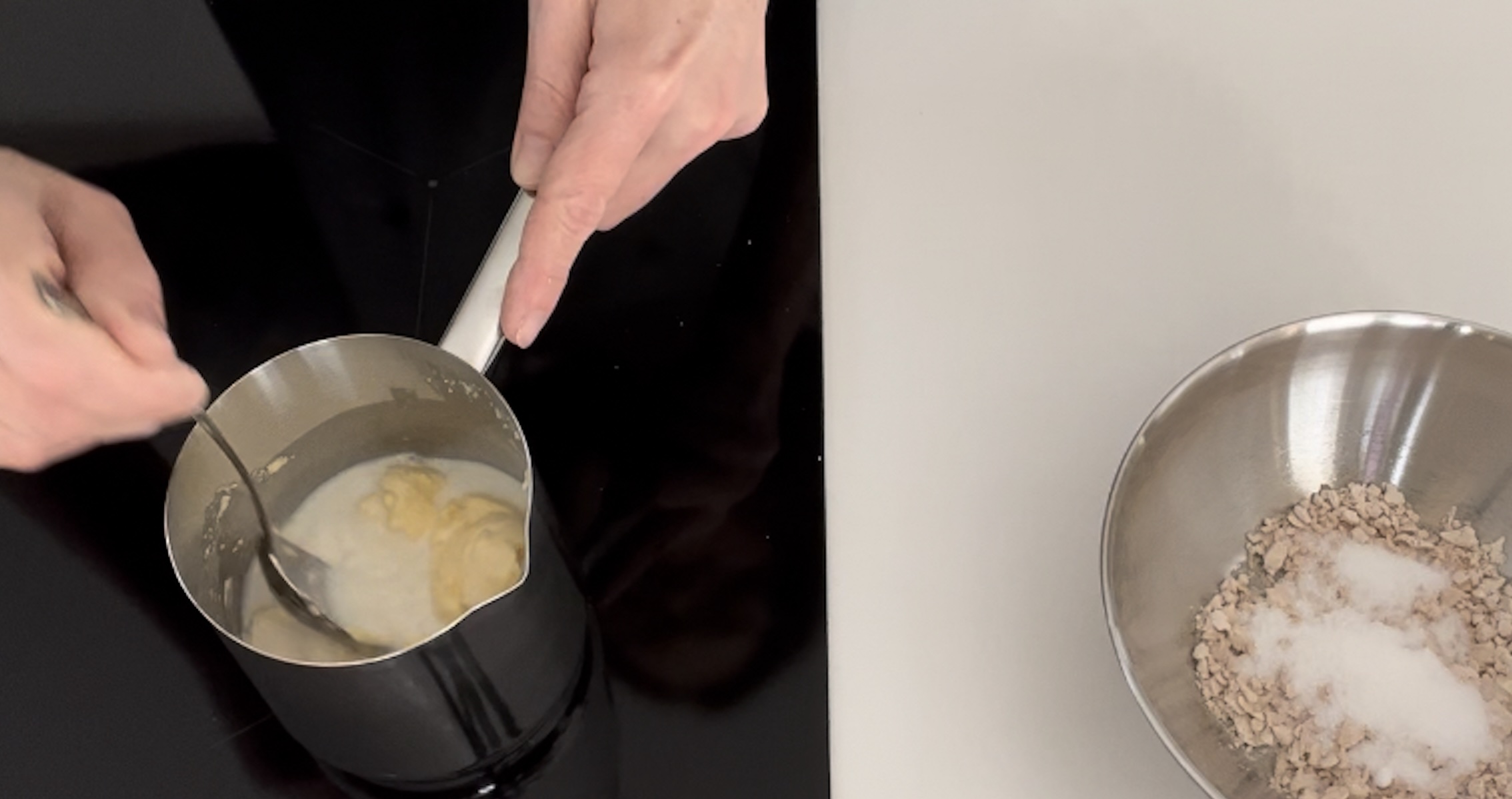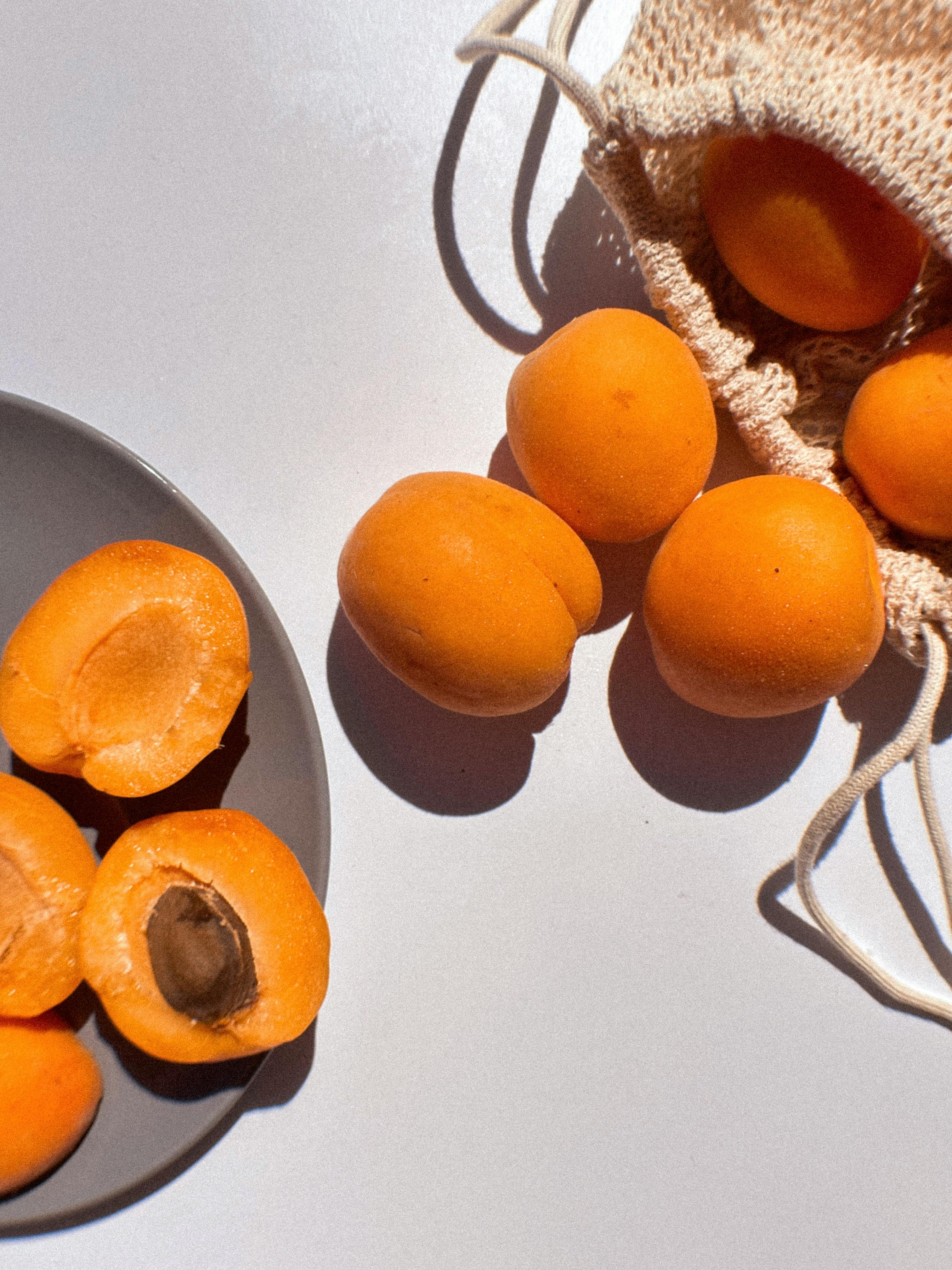 |
Nature’s Dessert Cookbook: Healthy, Delicious & Naturally Sweet Recipes Don’t want or can’t tolerate sugar alcohols and artificial sweeteners? This cookbook is for you! Every dessert is naturally sweetened with whole ingredients rich in fiber and protein, slowing sugar absorption and making them diabetic-friendly. It gathers your favorite recipes from the website—plus brand-new ones—all in one convenient place. Indulge in truly natural treats without compromise! |
 |
Diabetic Baked Goods: Everyday Bakes for Every Meal Diabetic cookbook designed to make healthy baking simple, accessible, and enjoyable. This collection of low-carb, high-fiber, and protein-rich recipes provides a reliable solution for those looking to enjoy diabetic bread and baked goods without blood sugar spikes. Every recipe includes a video tutorial, making it even easier to follow along and bake with confidence! |
 |
What Makes This Cookbook Different?
|
What is Light Butter? Exploring Benefits for Diabetic-Friendly Desserts
What is light butter? For me, it was a real discovery when preparing desserts adapted for my son. In every dessert, I aim to use healthier alternatives to traditional ingredients to improve the nutritional value and reduce calories. This includes lowering the amount of fat, especially unhealthy fats.
Despite the common belief that light butter isn't suitable for baking and making desserts, my experience has been quite the opposite. I find that it works perfectly in many treats. In some cases butter is simply irreplaceable if I want to maintain the taste of the dish while adjusting the ingredients. By using butter with reduced fat, I achieve treats that meet everyone's needs in terms of nutrition, health, and flavor.
Understanding What is Light Butter

Understanding "what is light butter" and its nutritional benefits can pave the way for healthier, yet equally delightful, culinary creations.
Light butter, also known as low fat butter or reduced fat butter, is a modified version of traditional butter. It contains significantly less fat and fewer calories while maintaining the creamy texture and rich taste that butter enthusiasts adore. This makes it an good choice for those managing diabetes or striving for a healthier diet.
The reduction in fat and calories in light butter is often achieved by blending traditional butter with water, milk, or yogurt. This results in a product that is not only lighter but also sometimes enriched with additional nutrients such as calcium and vitamin D. These nutrients are especially important for growing children.
Half the Fat, Fewer Calories: A Nutritional Overview
Nutritionally speaking, light butter usually contains about half the fat and significantly fewer calories than regular butter. A tablespoon of traditional butter has approximately 100 calories and 11 grams of fat. Light butter, on the other hand, typically contains around 50-60 calories and 5-6 grams of fat per tablespoon (this data may vary somewhat depending on the source).
Traditional butter is high in saturated fats, which can negatively impact blood sugar control and overall health. In contrast, light butter offers a lower-fat alternative, and seems to benefit diabetics by reducing caloric and fat intake.1
It's worth noting that light butter can contribute to heart health. The American Heart Association recommends reducing saturated fat intake to help lower cholesterol levels and reduce the risk of heart disease. By choosing low fat butter, you align with these recommendations without compromising on flavor.
Moreover, using light butter appears to support weight loss without negatively affecting blood sugar control.2

Using Light Butter in Baking and Cooking
Using light butter in baking has its advantages. Since it has a lower fat content, desserts made with light butter tend to be less dense and more moist. This can be particularly beneficial when creating treats like muffins, cakes, and cookies, where a lighter texture is often preferred, but light butter’s role extends to delicious glazes, and pie crusts..
But I must emphasize, when baking with light butter, slight recipe adjustments might be necessary. Because of its water content, light butter can sometimes alter the texture or consistency of baked goods. Experiment and tweak your recipes to achieve the desired results without compromising taste.
I use light butter almost like traditional butter (with the note that I try to reduce its quantity and often combine it with yogurt, Greek yogurt etc.) in many pastries, sponge cakes, and cookies. Its lighter texture might require a slightly larger amount of flour. However, when it comes to creams, I prefer to use cocoa butter, which thickens the cream better, or I opt for butter-free cream recipes.
Light butter can also add delicious richness to savory dishes, the possibilities are endless. By substituting traditional butter with light butter in cooking, we still can enjoy flavorful meals. The adaptability of light butter allows you to seamlessly incorporate it into both sweet and savory recipes.
It's a versatile ingredient worth considering.
Balance and Portion Control: The Key to Healthy Eating
Despite its benefits, there are some cautions to keep in mind. Light butter should still be used in moderation due to its fat content. Overconsumption can lead to weight gain and other health issues. Balance and portion control are key.
It's important to consider that not all light butters are created equal. Some brands might include additives or higher levels of sodium to enhance flavor, which could be a concern for those managing diabetes or heart conditions. Always check the nutritional label and opt for brands with minimal additives and lower sodium levels.
Many commercially available light butter options offer variations such as reduced sodium versions or those with added olive oil. This diversity allows you to choose a product that best suits your dietary needs and preferences while still receiving the benefits of a lighter fat content.
Preparing desserts for a diabetic child brings unique challenges, requiring ingenuity and a deep understanding of nutritional impacts. Using low fat butter aligns beautifully with the goal of making tasty yet health-conscious desserts.
For those interested in exploring, try experimenting with light butter in classic recipes, substituting it for traditional butter to see how it transforms your favorite treats into healthier options.
In conclusion, light butter stands out as a health-conscious alternative that doesn’t skimp on flavor. For parents of diabetic children or those managing their own diabetes, this choice offers a multitude of benefits—lower fat content, fewer calories, and better blood sugar control. By understanding "what is light butter" and using it creatively, you can enjoy the best of both worlds: delicious and healthier desserts.






